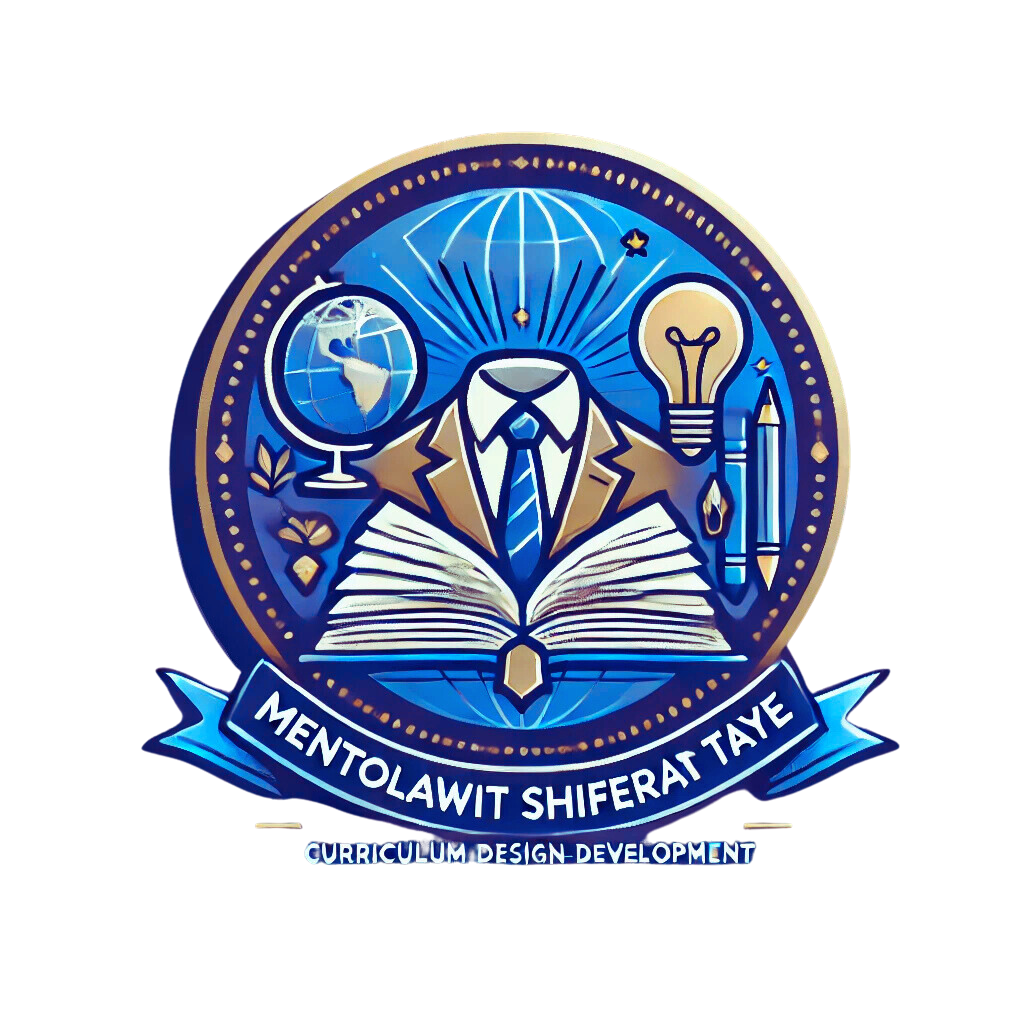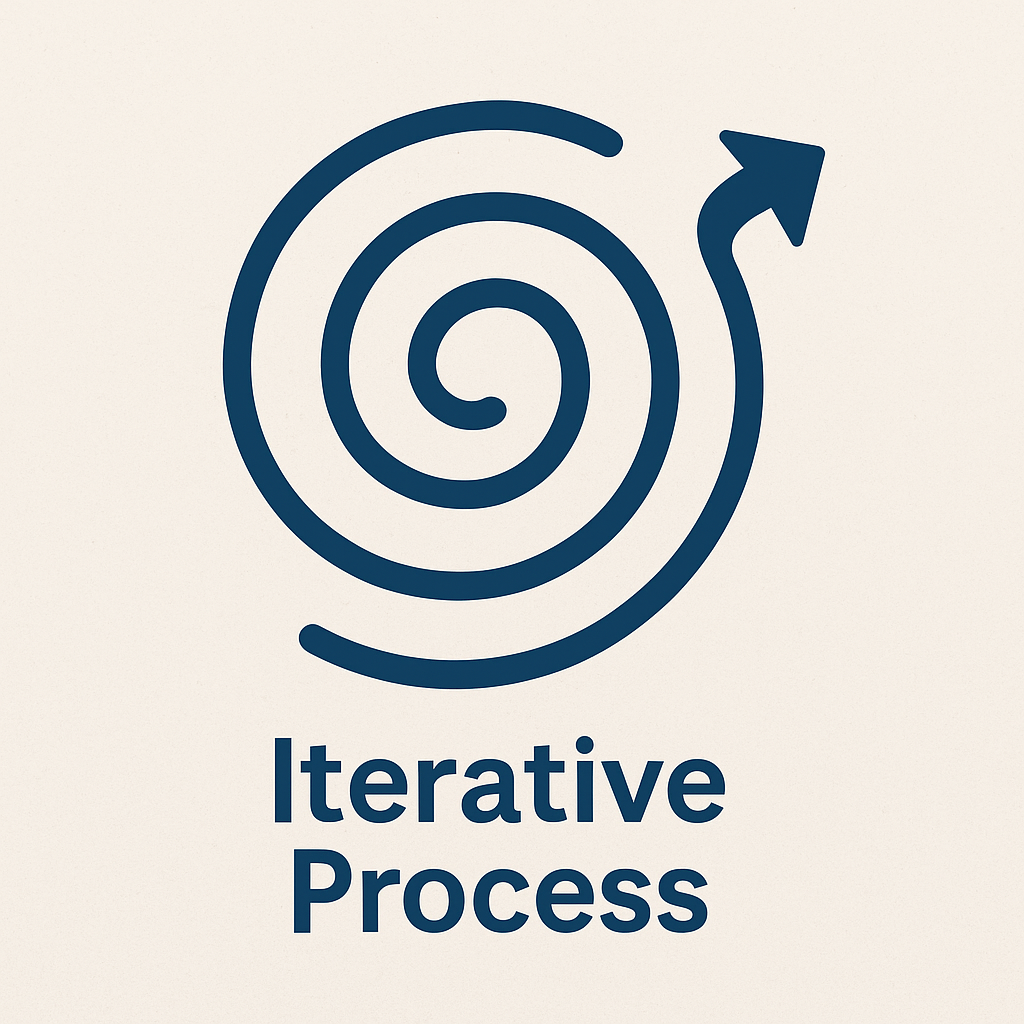What If Curriculum Was Designed to Be Iterative, Not Perfect?
Iterative Process
Introduction: Let’s Redefine What “Finished” Means
In curriculum writing, there’s often this unspoken pressure to get everything perfect before sharing it with others. The pacing guide must be airtight. The objectives must align flawlessly. The assessments must check every box. But here’s a question I’ve been asking myself lately:
What if curriculum wasn’t meant to be perfect? What if it was meant to be iterative?
As someone who has worked on curriculum development in both traditional and alternative school settings—and recently gathered real feedback from educators in the field—I’ve realized that iteration is not a sign of weakness; it’s a mark of responsiveness. Curriculum should breathe, evolve, and grow alongside the learners and educators who use it.
Perfection is Static. Learning Isn’t.
The problem with perfection in curriculum design is that it assumes:
We’ve already anticipated every learner’s need.
The context won’t shift.
Feedback is unnecessary once the plan is written.
But classrooms are dynamic. Learners grow. Community needs shift. Standards change. And most importantly, real learning is messy, nonlinear, and deeply human.
A static curriculum can become irrelevant—or even harmful—if it doesn’t leave room for revision, responsiveness, and reflection.
What Iterative Curriculum Looks Like in Practice
Here’s what I’ve learned through experience and feedback:
1. It Includes Feedback Loops
Teachers, students, and instructional coaches should all have a voice. Think exit slips, informal teacher debriefs, or even anonymous surveys.
💡 Curriculum should be a conversation—not a monologue.
2. It Allows for Responsive Pacing and Content
Maybe a lesson on persuasive writing turns into a deep dive on student advocacy. Maybe a science unit shifts to include climate issues relevant to a local event. That’s not mission drift—that’s mission in action.
💡 Adaptation is a strength, not a detour.
3. It Encourages Mid-Year Recalibration
Rather than waiting for the summer to overhaul what didn’t work, iterative curriculum allows teams to pause, reflect, and revise throughout the school year.
💡 “Good enough to start” is better than “perfect but too late.”
4. It Prioritizes Teacher Voice and Agency
Teachers aren’t just implementers—they’re co-designers. An iterative model invites their professional judgment and classroom insights.
💡 Curriculum becomes stronger when it’s shaped by those using it daily.
Let’s Normalize Changing Course
We often teach students that learning involves revision, mistakes, and growth. But are we modeling that in how we design their learning experiences?
Let’s normalize:
Revisiting units' mid-cycle.
Shifting texts when they’re not resonating.
Adapting pacing when life happens.
Building “pause and reflect” weeks into long-term plans.
Final Thoughts: The Courage to Keep Revising
Iteration takes courage. It requires humility, collaboration, and a willingness to admit: we’re still learning, too. But when we design curriculum as something alive—not locked—we create space for authenticity, responsiveness, and deeper learning.
So, here’s to curriculum that grows, flexes, and evolves—just like the learners it serves.
💬 Do you design your curriculum to be iterative? What practices help you reflect and revise? I’d love to hear from you.
#CurriculumDesign #InstructionalDesign #IterativeLearning #EquityInEducation #TeacherVoice #EducationLeadership

